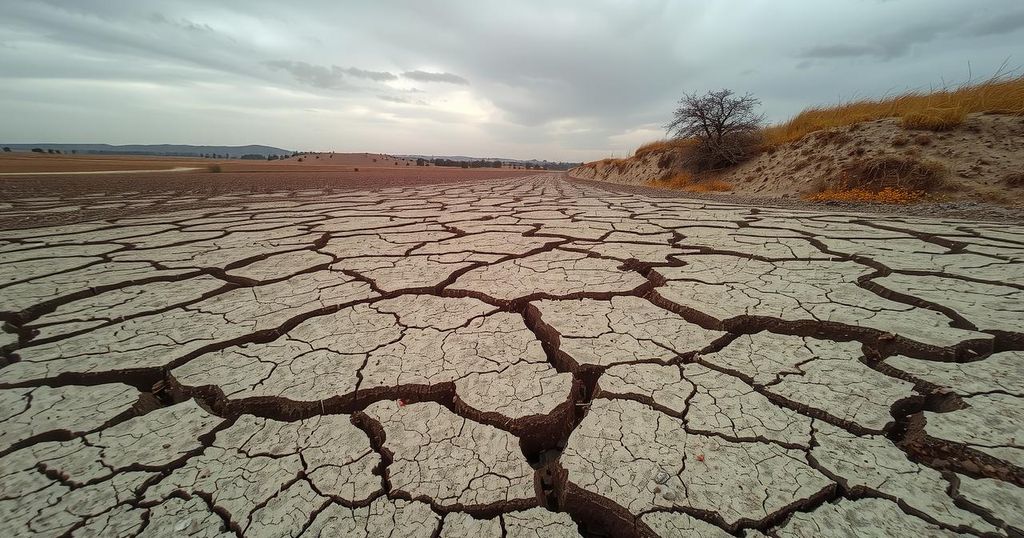GIEWS Report: Somalia Food Security Overview – April 2025
Somalia is experiencing reduced cereal production for 2024 due to adverse weather conditions, leading to a projected harvest of 127,000 tonnes—18 percent below average. Pastoral areas face significant water and pasture shortages, affecting livestock. Cereal prices show mixed trends, with forecasts indicating that food insecurity may rise to affect 4.6 million people by mid-2025 due to further adverse climatic conditions and reduced humanitarian support.
The Global Information and Early Warning System (GIEWS) has provided an update on the food security situation in Somalia, noting a decrease in 2024 cereal production primarily due to adverse weather conditions. The 2024 secondary deyr crop harvest, which constitutes approximately 40 percent of Somalia’s annual cereal output, was completed in February 2025, impacted by below-average rains and early cessation of precipitation. Consequently, aggregate cereal production is projected at 127,000 tonnes, representing an 18 percent decline from the previous five-year average, exacerbated by pest infestations and insecurity.
In pastoral areas, significant water and pasture shortages have emerged due to below-average rainfall during the October-December 2024 deyr season, further affecting the livestock sector. Limited rangeland regeneration is detrimental to livestock health and productivity, with impacts anticipated until the onset of the gu rains in 2025. There is a pressing need for close monitoring of weather conditions affecting future yields.
Cereal prices exhibited mixed trends in January 2025, attributable to varying local harvest performances and weak market integration. For instance, maize prices in the Lower Shabelle Region dropped by 10 percent due to favorable harvests while prices surged in other markets. In livestock markets, goat prices remained stable year-on-year, yet cereal prices increased, indicating deteriorating terms of trade for pastoralists over the past year.
The food security outlook anticipates a worsening situation by mid-2025, with projections indicating that 4.6 million individuals may face severe acute food insecurity by April-June 2025. Contributing factors include adverse forecasts for the gu rainy season, reduced humanitarian aid, and rising displacement rates due to ongoing drought and conflict.
In summary, Somalia’s food security landscape is precariously affected by unfavorable weather, leading to reduced cereal production and elevated food insecurity. With an estimated 4.6 million people facing critical food shortages in mid-2025, urgent attention and resources are essential to mitigate the impending crisis. The interplay of climatic conditions, market dynamics, and humanitarian assistance will be crucial in shaping the country’s agricultural and food security outcomes.
Original Source: reliefweb.int




Post Comment